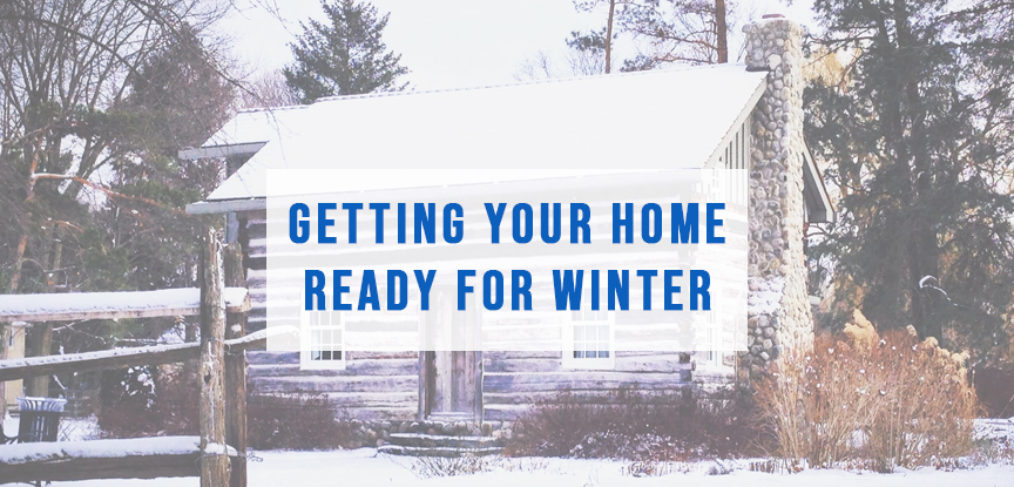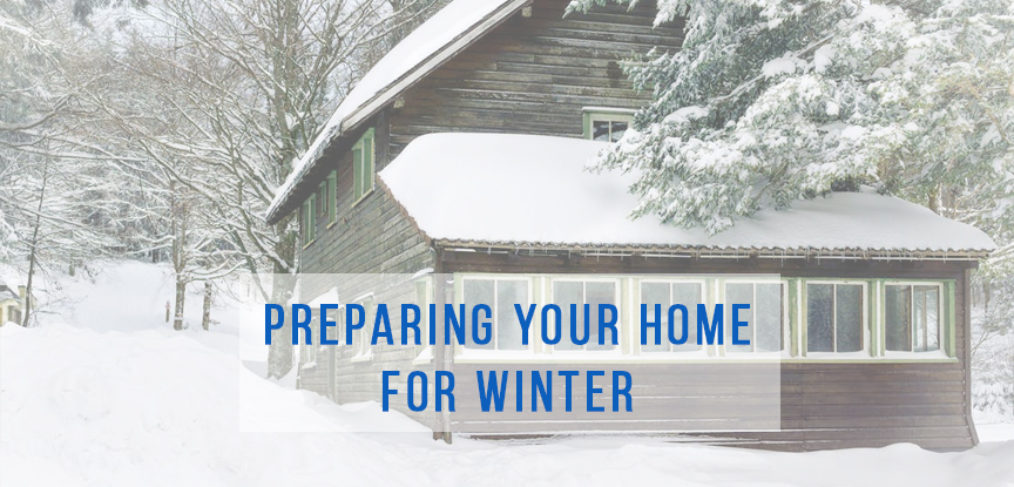Our Alaskan winters truly test the limits of our home’s insulation, and our sky-high energy bills tell the tale. If your home has an insulation issue, you will eventually notice it. A poorly insulated home can affect our comfort, our pocketbooks, and our health. If your insulation isn’t working properly, it can affect our air quality. How so? Well, without proper insulation the additional moisture in our homes can cause mold to grow in as quick as 24-48 hours. Are there any other ways that you can tell if you have poor insulation?
We can share just a few that you can you keep an eye on.
1. Condensation – If your home has little to no insulation you will notice condensation problems in the walls. This is because insulation materials help to separate the ranges of hot and cold. If it’s cold outside and your heat is on, the interior of your home will be warm, but the temperature difference between the outside and inside can create condensation.
If your HVAC components aren’t properly insulated, such as the register boxes and boot connections, you’ll end up with the air around the box having a different temperature than the box itself and condensation can form when the unit is in use. Checking the insulation will help to prevent microbial growth, especially if the box is in the attic. It can help prevent mold in the drywall and vents.
On the flipside you can also have too much insulation in your attic which can block vents and prevent enough air coming into the attic to push out hot, humid air thus creating microbial growth. If you used spray foam, which is a more affordable form of insulation, it can do too good of a job and trap moisture between the two layers and lead to wood rot, mold bacteria and other things that can impact your air quality before you notice any leaks. It’s a good idea to do routine inspections. A dehumidifier is a great preventative tool to add to an attic with spray foam insulation.
2. Too much noise – If you’re noticing that you’re hearing echoes or noises from other rooms it can indicate that insulation is missing or has gaps. Adding rugs or carpet to a room can help absorb some of the sound, but you should test of echoes using a moderate tone of voice to be aware of missing insulation. Proper insulation helps regulate temperature and should muffle sounds transferring.
3. Ice dams and frozen pipes – If you’re noticing that you have frozen or burst pipes, which can be a real problem during our Alaskan winters, you might want to check that your water pipes are properly insulated. A lack of adequate insulation during our cold winters can lead to ruptured water lines and ice dams, or large icicles.
4. High energy bills – If your energy bills are higher than your neighbors it can indicate inefficient insulation, or your other major systems such as air conditioner, water heater and so on.
5. Air leakage – Air leakage or drafts that can be a sign of poor insulation. Insulation is supposed to help maintain the temperature of your home. Drafts can be a sign that your home insulation is insufficient. Using an Infrared Thermography Scan can help you to locate missing insulation within your walls.
These are just 5 simple ways to help you to determine if you need to upgrade your insulation. Keeping an eye on a few simple things can save you a lot of money and protect you and your family’s health while you enjoy your Alaskan home.



